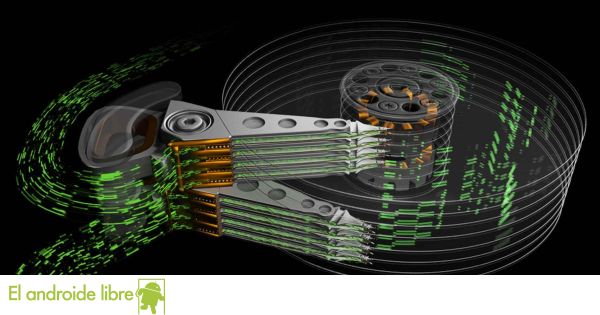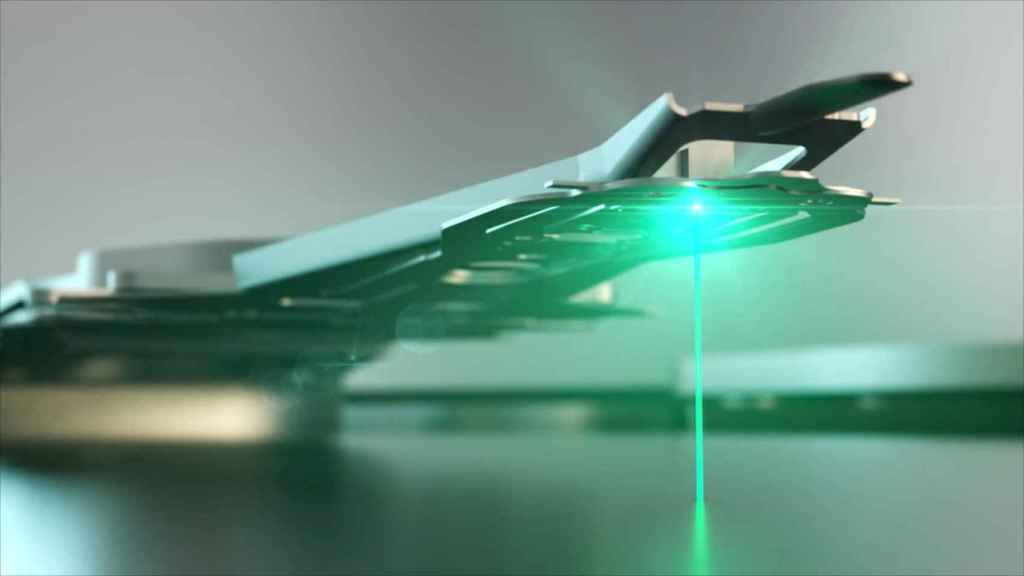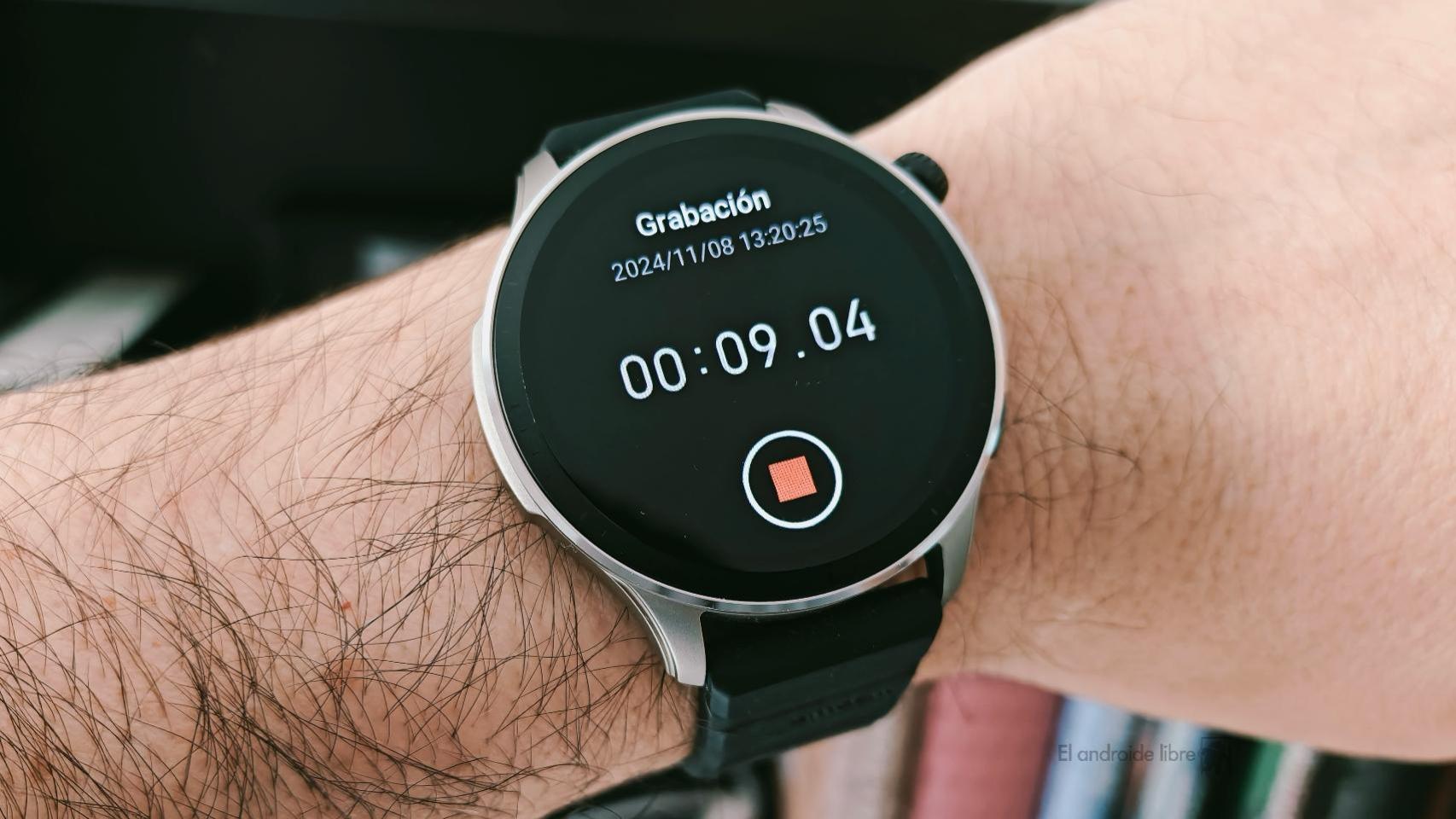In terms of data storage, the biggest innovation of recent years has been the reduction in the price of SSDs, which has made them much more affordable for the average user.
[Este disco duro te acompañará a donde tú quieras: Sandisk Professional G-Drive ArmorATD]
Traditionally, hard disk drives (HDDs) have been the best option to get a lot of capacity for less money, but that’s less and less true as SSDs gain in capacity and chip prices continue to drop. . But it turns out that the news of the death of hard drives was overblown. Or at least that’s what one of its main manufacturers, Seagate, says.
Hard drives are turbocharged
That Seagate decided earlier to announce the adoption of HAMR technology is surprising to say the least. And it is that the company has presented its financial data for the last quarter of 2022, and they are not good, since they are affected by the drop in computer sales and the “normalization” of the sector. But Seagate thinks the time is right to improve hard drives, and the truth is, they needed it.
We’ve had many years where hard drives haven’t changed much; they’ve evolved, gaining a few terabytes of capacity in recent years, but as we’ve discussed, SSDs are becoming more and more attractive. The sector needs a revolution, which can come with HAMR (Heat Assisted Magnetic Recording).
HAMR was born to answer the big problem of hard disks: simply there is no more physical space to store so many bits
HAMR technology uses laser beams to facilitate hard drive recording
HAMR is based on the use of laser beams momentarily heat the disk surface just before the head writes the bit; once the area has cooled, the bit is much more stable at room temperature. The whole process only takes a nanosecond and enables higher data density in the same space, as the bits are more stable and do not interfere with each other even if they are close to each other .
It is this greater density that will allow us to take a giant step in the capacity of hard disks, and this same 2023 we will see the first consequences, with the launch of the first 30 TB hard drives by the end of the year, according to Seagate. The manufacturer’s ambitious three-year plan is to launch drives larger than 40TB between 2024 and 2025, and hard drives larger than 50TB from 2026. This can make all the difference, first for companies that need to store a huge amount of data, then for users who want to save the 8K videos that their smartphones record, for example.
You may be interested
Follow the topics that interest you









